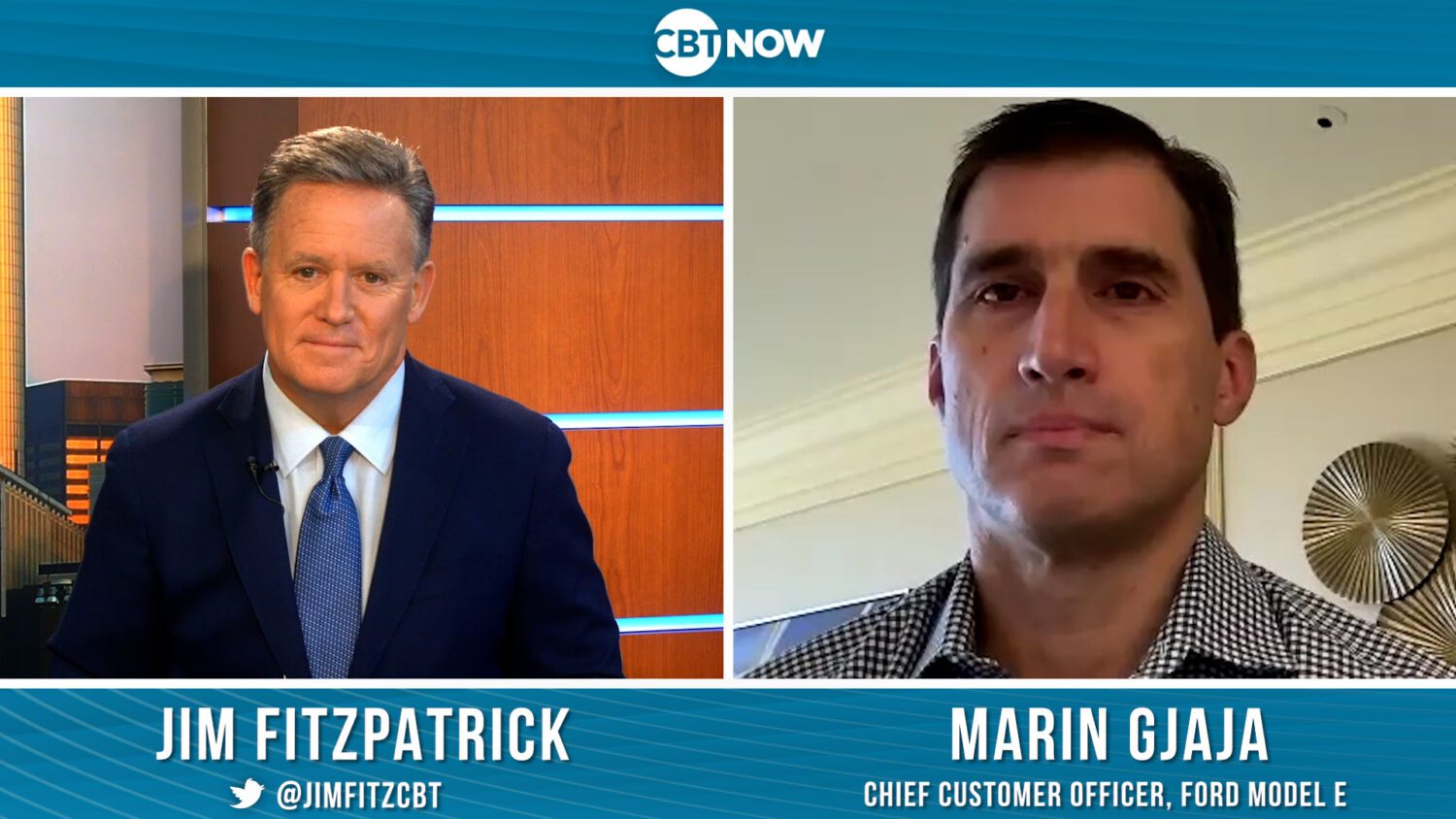Today on CBT Now, we’re joined by Ryan Kerrigan, Managing Director of Kerrigan Advisors, to update us on what the recent interest rate hike means for your car dealership and the auto industry as a whole.
Kerrigan first speaks about the recent interest rate increases from the Federal Reserve. Last week, the Fed passed a highly anticipated increase of 75 basis points. Projections show a strong likelihood that rates will reach 4% by the end of this year and could top 4.5 to 5% by the end of 2023. Kerrigan says these interest rate increases will eventually influence the industry and dealer profits but says that those effects have yet to be seen as of right now.
However, Kerrigan points out that public markets are feeling the squeeze of higher rates. The S&P is down nearly 18% year-to-date. The Kerrigan Index, which tracks automotive retailers, is down around 24%. Kerrigan says the stock market is trying to look ahead, and profits will likely come down across the board in the US. But according to Kerrigan, auto dealers aren’t feeling the impact just yet.
Dealers often have a fair bit of debt, and there is a concern about managing that debt with equity levels so far down and the possibility of expenses going up very quickly. The good news, Kerrigan says, is that auto dealers have positioned themselves very well by bringing down debt-to-equity ratios by almost 40% in the last several years. According to him, many dealers are probably in the best financial position they’ve ever seen.
While the Fed is raising the interest rate to curb inflation, similar to a strategy used in the 1980s, Kerrigan points out that interest rates were well into the double digits during that period. He says that the Fed is using the same strategy now but trying to do it much faster and more effectively.
Kerrigan then speaks about challenges dealers face regarding rapid changes in the industry, such as positioning dealers to switch to selling electric vehicles. Ford recently announced five pillars for its dealers to use in order to become certified to sell EVs. According to Kerrigan, there seems to be a split between those dealers who are resistant to the changes and those who are ready to embrace the future of electric vehicles in the industry.
Ford also made the news last week by announcing they will miss expense expectations for the third quarter by over $1 billion, causing Ford stocks to drop drastically. Kerrigan says this news surprised the market because it seemed that supply chain issues were slowly easing.
 |
Kerrigan says that other automakers, including Cadillac, are making strategic moves to clean up their distribution. The company recently rolled out a very aggressive program to shrink the number of auto dealers in its network. However, he says many dealers are excited about the launch of new products from the company. Kerrigan says that General Motors recently launched a similar project around its Buick brand and will be preparing to move dealers to electric vehicles in the future and clean up its distribution.
By “cleaning up distribution,” Kerrigan says he is referring to the metrics of average sales per dealership, which he says have been historically low for Cadillac and Buick. Kerrigan says it’s hard for companies to make any return when you are selling so few cars per dealership. By taking dealers out of the system and doing a better job securing products, the hope is that volume will increase.
Kerrigan then speaks about how financials from 2019 should be left and that the industry needs to look to 2020, 2021, and even the first three-quarters of 2022 for a basis of valuation. He says the consensus view is that the industry is drifting to a 4% net sales average, which is significantly higher than pre-COVID. Kerrigan says autodealers need to use that percentage as a basis for their operations and think about the future and that those factors are driving valuation right now.
Kerrigan also mentions the importance of understanding the value of the franchise system built in the US over the last 50-plus years. He points out that there is much pressure on the system now and auto dealers are not as involved as they need to be at the state level. Kerrigan says that the US continues to attract retailers and distributors worldwide that want to buy here because our franchise laws are more robust than anywhere else.
According to reports, the average age of a new franchise car dealer is 70 years old. Kerrigan says this could be why many dealer principals are not as engaged with the system. They may not feel as worried about future pressures because they’re not in the middle of their careers with everything on the line.
However, Kerrigan points out the importance of dealers staying involved at the state and federal levels. He says there are ten states now that have various proposed legislation that would prove unfavorable to dealers. He says auto dealers have built organizations that are working to stay involved more and have successfully prevented that legislation from coming to fruition.
Kerrigan says it’s a lot more impactful if you have local business leaders who know their communities and have some sway, showing up and knocking down the door of legislators. According to Kerrigan, franchise protection laws and those that gird the value of these franchises are generally driven by what’s going on at the state level. That’s why auto dealers must stay engaged and pressure legislators to do the right thing for the industry.
Did you enjoy this interview with Ryan Kerrigan? Please share your thoughts, comments, or questions regarding this topic by connecting with us at newsroom@cbtnews.com.
Be sure to follow us on Facebook, LinkedIn, and TikTok to stay up to date.
While you’re here, don’t forget to subscribe to our email newsletter for all the latest auto industry news from CBT News.







